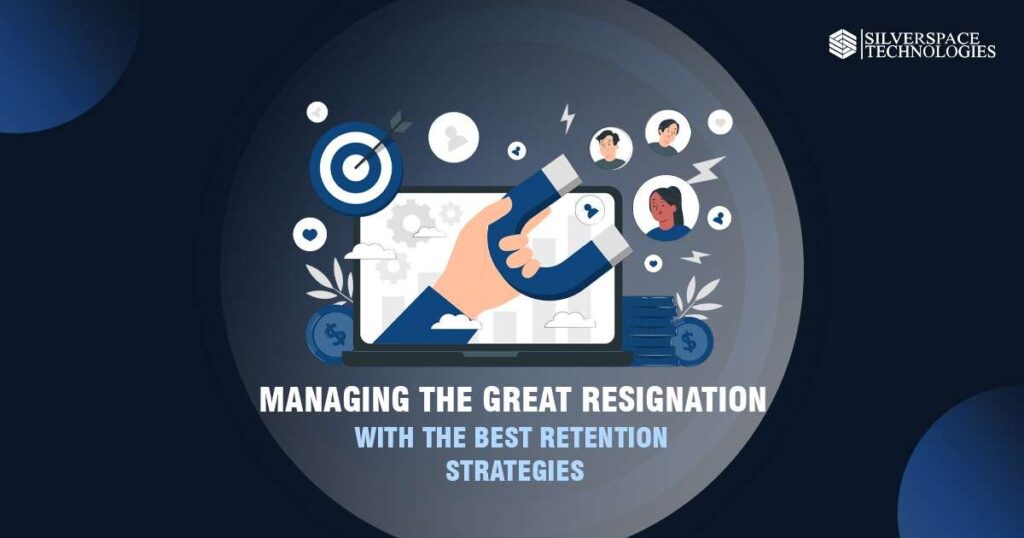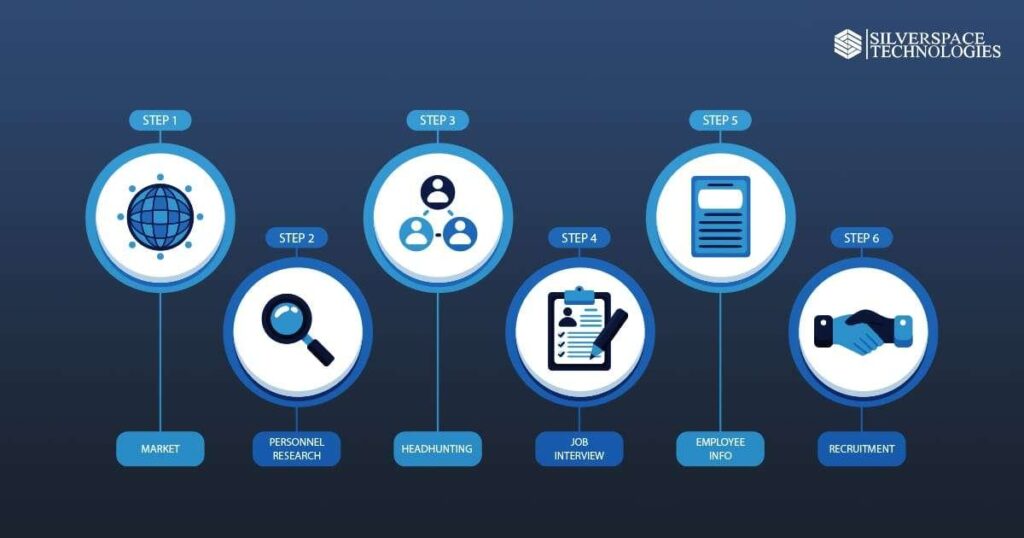
Numerous people are leaving their employment in large numbers to pursue other professional options as a result of the “Great Resignation” trend.
The central concern is whether This Great Resignation will eventually become the new normal or if employers will start to cut down hiring as the economy weakens. And what can businesses do to effectively retain their qualified staff and avoid the pricey process of employee replacement?
While nobody has a fortune teller and can predict with absolute certainty what will transpire in the years and months to come, businesses can take steps now to mitigate any immediate effects.
Advocating for increased diversity, equity, inclusion, and belonging (DEIB) in corporate culture, addressing burnout reasons, and taking into account what various worker types need and want from their workplaces are some of the finest employee retention techniques.
How can companies deal with The Great Resignation?
Keep in mind that hiring new personnel tends to be more expensive than keeping your current workforce.
High staff turnover costs businesses a lot of money since it takes time and money to find a replacement, interview candidates, onboard new hires, and provide training, in addition to any logistical or efficiency issues that may arise. But how can the influence of this tendency be measured?
The typical cost of replacing a paid employee is between six and nine months’ pay. This can range from 100 to 150% of an employee’s wage for technical positions. It can account for up to 213% of the C-suite employee’s compensation in this situation.
Non-financial consequences of turnover can include a weakened brand for the company and a lack of teamwork or chemistry, which may tempt other employees to leave as well.
What’s the Solution?
Invest in retention.
One of the best ways to ensure that your current personnel feels respected, valued, and appreciated is to have a solid people plan. A good place to start when addressing how to fight The Great Resignation is to transform your retention strategies. The following categories can all be incorporated into a retention strategy, however, the following three should be given special consideration:
- Competitive pay and benefits – To determine where you may make improvements, review your pay scale, incentive and benefit plans, as well as other employee recognition initiatives.
- Good corporate culture – It is crucial to have a strong corporate culture with ideals that are upheld by executives. Ensure that your corporate culture reflects the values that your employees wish to experience.
- Employee involvement – A low level of engagement is not good for retention. There is still time to increase employee engagement if you are in the situation.
Improve inclusion, equity, and diversity (DE&I).
A key factor in employee retention is DE&I.
Future workers, like Generation Z, will be substantially more eclectic than their forebears, and they will demand that their companies be equally diverse.
Additionally, it’s generally known that a diverse workforce – one that reflects a range of perspectives, backgrounds, and life experiences – results in teams that perform better, as well as improved job satisfaction, more innovation, and greater financial success. Who wouldn’t want to work somewhere with these qualities?
Offer flexibility and work-life balance as the top priority.
Indeed, a lot of workers prefer working remotely. However, it’s just one piece of the puzzle.. What do workers desire even more, do you know? the freedom to choose how and where to work.
They want to be in charge of selecting the best workspace for their particular requirements and the kind of work they are currently producing. They don’t want their schedule to be set for them anymore.
Additionally, employees want a better work-life balance where “personal stuff” and “business stuff” are not kept apart and dealt with at set times. As long as they are meeting standards and deadlines, people desire the freedom to attend to their highest priority at the time. Employees don’t have to ask permission to participate in their kids’ extracurricular activities, go to the doctor, walk their dogs, or go to the gym during the workday.
Enhance the pool of potential employees.
You cannot afford to be too picky when it comes to hiring replacements when employees depart due to the intense competition in the employment market. Otherwise, you risk having an unfilled seat and a long-lasting knowledge and skill gap in your staff.
In these situations, you might need to be more flexible and take into account applicants who might not meet all of the requirements or who have a lesser experience. Establish which certifications are essential versus optional.
Taking Care of Employee Burnout.
One of the main reasons for high turnover is burnout, which can make workers physically and mentally exhausted. Workers may become exhausted even when working from home if they experience demotivation or a sense of isolation from their colleagues.
If you’ve built strong relationships with your staff, you’ll be aware of the warning signs of burnout and know what to do:
- a rise in absenteeism.
- Withdrawal.
- decreased output.
- lack of interest (boredom).
- Noticeable stress
Early detection of warning indicators is essential, and how you respond as a leader can greatly influence how the person decides to proceed.
In conclusion.
We are unsure of whether the upcoming months or years will see any relief from The Great Resignation, which has continued for years. The advice we’ve provided here will help you be ready for any situation and develop strong, timeless engagement and retention policies to provide your firm with the best opportunity of retaining people or, at the very least, of minimizing any long-term talent pool.

